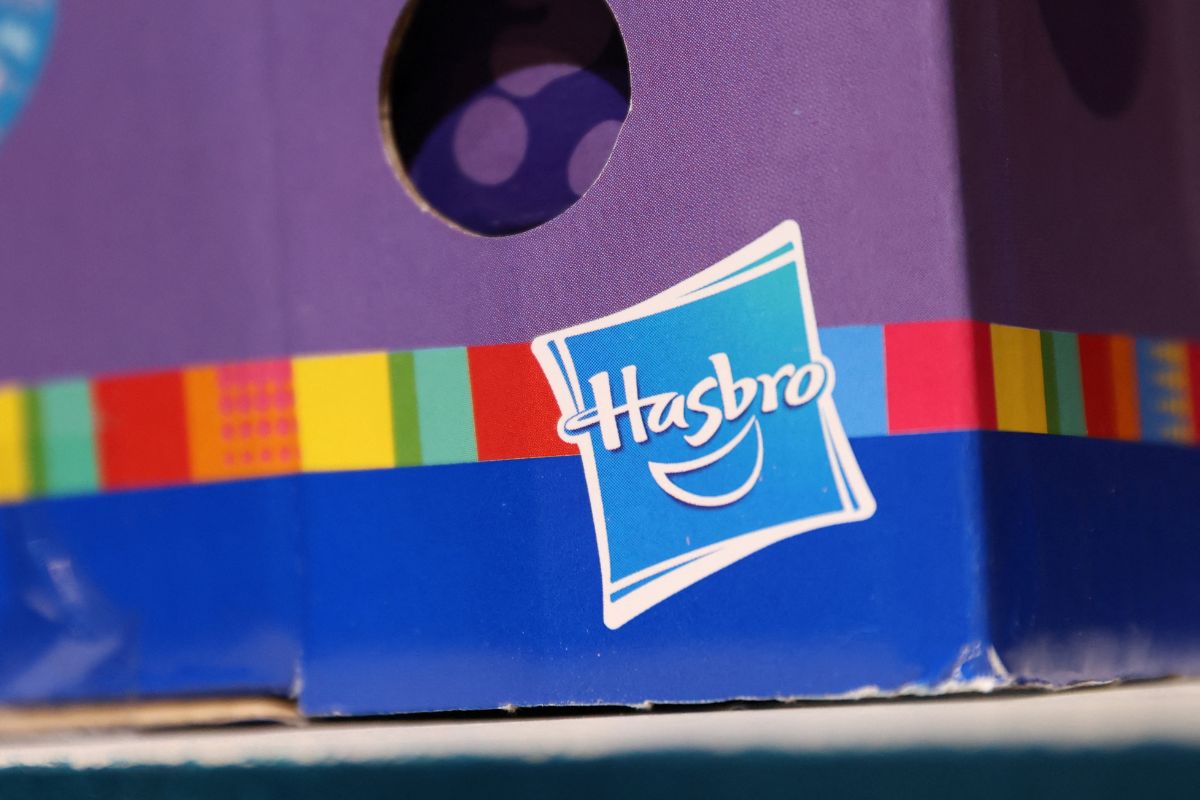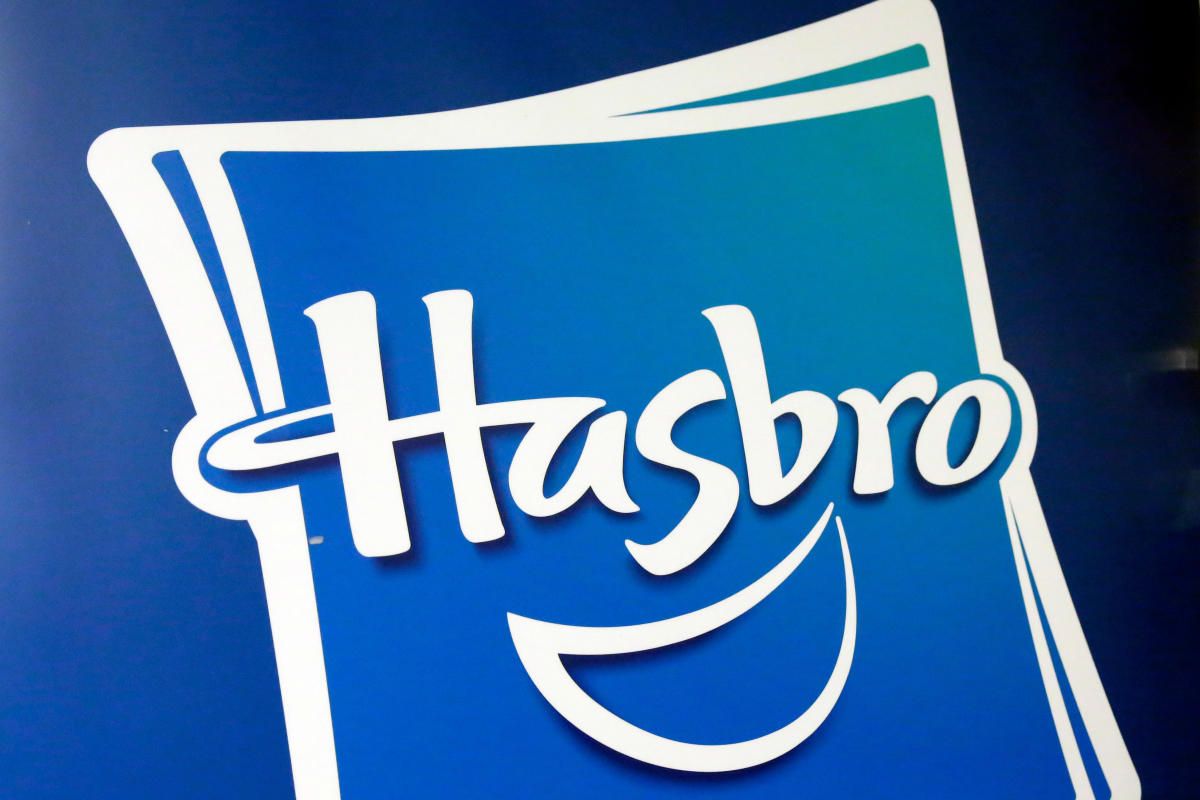Hasbro Falls Short of Quarterly: Hasbro’s recent struggle to meet quarterly estimates in the face of dwindling toy demand has sent shockwaves through the industry, leaving investors wary of the toy giant’s future. As share prices take a hit, questions arise about Hasbro’s ability to adapt to changing consumer preferences and digital trends.
With competitors like Mattel gaining ground, the pressure is on for Hasbro to revamp its strategies and reignite interest in its products. Stay tuned to uncover how Hasbro plans to navigate these choppy waters and regain its foothold in the toy market.
Hasbro Reports Steeper-Than-Expected Decline in Holiday-Quarter Sales and Profit
Amid high anticipation, Hasbro’s disappointing holiday-quarter sales and profit results sent shockwaves through the industry, signaling deeper troubles within the toy giant’s financial performance. The 13% drop in premarket trading following the significant decline in sales and profit came as a harsh blow to investors who had hoped for a more robust performance. Hasbro’s inability to meet quarterly estimates amidst declining toy demand paints a bleak picture for the once-thriving company.
The persistent weakness in demand for both digital and board games has severely impacted Hasbro’s revenues, highlighting broader challenges within the toy industry. The failure to adapt to changing consumer preferences and evolving market dynamics has left Hasbro vulnerable to competitors who have managed to innovate and capture market share more effectively. This decline in sales and profit is not merely a blip on the radar but rather a clear indicator of systemic issues that need urgent attention if Hasbro is to regain its former glory.
Factors Contributing to Sales Decline
The unprecedented decline in Hasbro’s sales can be primarily attributed to sluggish consumer demand and cautious inventory strategies implemented by major retail giants. This perfect storm of factors has created a tumultuous environment for the toy industry giant, leading to a significant dip in revenue and market share. The pullback in leisure spending, driven by economic uncertainty and shifting consumer priorities, has directly impacted Hasbro’s ability to drive sales and capture market interest. Additionally, the conservative inventory planning by key retailers like Walmart and Target has further exacerbated the situation, limiting the visibility and availability of Hasbro’s products on store shelves.
As Hasbro grapples with these challenges, it is clear that a strategic overhaul is needed to navigate the evolving retail landscape and reignite consumer excitement in its offerings. The company must adapt swiftly to changing market dynamics and consumer preferences to regain its competitive edge and revitalize its sales performance. Only through bold and innovative strategies can Hasbro hope to reverse its current downward trajectory and secure a brighter future in the fiercely competitive toy market.
ALSO READ: ANZ Group Surges: Q1 Revenue Matches Year-Ago Average
Comparison with Mattel’s Performance
Mattel’s recent financial report mirrors Hasbro’s disappointing performance, signaling a challenging road ahead for both toy industry giants. The similarities in their struggles highlight broader systemic issues impacting the entire toy market.
Here are four key points to consider when comparing Hasbro and Mattel’s recent performances:
- Economic Headwinds: Both companies face headwinds from the ongoing economic uncertainties, which are dampening consumer spending on non-essential items like toys.
- Supply Chain Disruptions: The supply chain disruptions that have plagued Hasbro are also affecting Mattel, leading to production delays and inventory challenges.
- Changing Consumer Preferences: Shifting consumer preferences towards digital entertainment over traditional toys are impacting the sales of both companies.
- International Market Challenges: Both Hasbro and Mattel are experiencing challenges in international markets, further adding to their financial woes.
As both toy industry giants navigate these stormy waters, it’s evident that a tough path lies ahead for Hasbro and Mattel in the coming quarters.
Outlook for Fiscal Year 2024
In light of the grim outlook for fiscal year 2024, it is evident that Hasbro’s consumer products segment and Wizards of the Coast segment are bracing for substantial declines, painting a bleak picture for the toy giant’s financial performance ahead.
With a projected 7% to 12% decrease in the consumer products segment, which accounted for more than half of its sales in fiscal 2023, Hasbro faces a daunting challenge to maintain its market position. The anticipated 3% to 5% dip in the core Wizards of the Coast segment further exacerbates the company’s woes, driven by vulnerabilities in the digital gaming sphere.
As demand for traditional toys continues to dwindle amidst evolving consumer preferences and technological advancements, Hasbro finds itself at a critical juncture. The looming shadow of reduced revenue casts a pall over Hasbro’s prospects, necessitating swift and strategic action to navigate the turbulent waters ahead.
Financial Performance and Cost-Saving Efforts
Implementing a rigorous cost-saving strategy, Hasbro has shown resilience in its financial performance despite a challenging market landscape. While falling short of quarterly estimates, the toymaker’s strategic focus on cost efficiencies is a beacon of hope amidst turbulent times.
- Strategic Agility: Hasbro’s swift response to market challenges showcases its ability to adapt and thrive in adversity.
- Optimized Operations: The company’s emphasis on optimizing inventory and resetting cost structures demonstrates a commitment to efficiency.
- Financial Fortitude: Despite a dip in net revenue and profit per share, Hasbro’s cost-saving efforts position it for future growth and sustainability.
- Executive Insight: CFO Gina Goetter’s emphasis on refining the portfolio focus on play highlights a proactive approach to navigating the evolving toy industry landscape.
In the realm of financial performance, Hasbro’s cost-saving endeavors serve as a testament to its resilience and strategic acumen. As the company steers through turbulent waters, its commitment to efficiency and optimization bodes well for long-term success.
Conclusion Of Hasbro Falls Short of Quarterly
Hasbro’s disappointing quarterly performance underscores the harsh reality of the declining toy industry. With sales and profit falling short of expectations, the toy giant faces an uphill battle to regain its footing in the market.
As competition from rivals like Mattel heats up, Hasbro must urgently reassess its strategy to drive growth and stay relevant.
Investors should brace themselves for a challenging road ahead as Hasbro navigates these turbulent waters.
Our Reader’s Queries
Why are Hasbro stocks down?
Hasbro Stock Dips 17.6% in 2023, Underperforming Industry Growth; Higher Costs and Industry Challenges Contribute, with 2024 Earnings Estimates Revised Downward by 2.2% in the Last 60 Days
What is Hasbro’s revenue forecast?
Hasbro Anticipates 2.7% Decline in Annual Revenue, Balanced by Strong Annual Earnings Growth of 66.8%; Earnings Per Share (EPS) Projected to Increase by 66.7% Annually, with a Forecasted Return on Equity of 24% in 3 Years
Is Hasbro in financial trouble?
Hasbro’s Current Probability of Financial Distress Below 25%, with a Minor Likelihood of Facing Financial Challenges in the Near Future
What happened with Hasbro?
Hasbro to Lay Off 1,100 Workers Amid Lingering Weakness in Toy Sales During the Holiday Season; Additional Job Cuts Follow Previous Reduction of 800 Positions Earlier This Year



